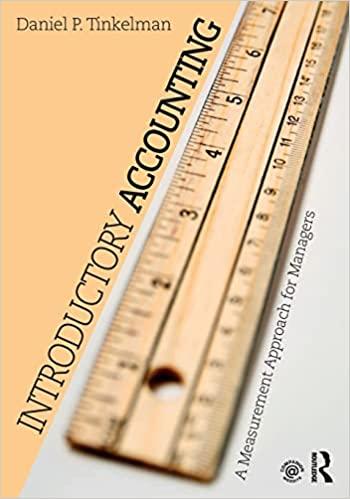In the U.S. the Federal Bureau of Investigation (FBI) uses a Uniform Crime Reporting (UCR) system to
Question:
In the U.S. the Federal Bureau of Investigation (“FBI”) uses a Uniform Crime Reporting (“UCR”) system to track violent crimes (like murder) and property crimes (such as theft of motor vehicles or burglary). Local police departments report certain data to the FBI, who create reports. From 1979 to 2004, the FBI reported “indexes” of crime by adding together the totals of eight different types of crime: murder and non-negligent manslaughter; forcible rape; robbery; aggravated assault; burglary, larceny-theft, motor vehicle theft, and arson. The FBI stopped publishing these indexes in 2004 because they “were not true indicators of the degrees of criminality because they were always driven upward by the offense with the highest number, typically larceny-theft. The sheer volume of those offenses overshadowed more serious but less frequently committed offenses, creating a bias against a jurisdiction with a high number of larceny-thefts but a low number of other serious crimes such as murder and forcible rape.”27 The FBI now publishes separate statistics for various types of crimes, without creating overall indexes.
In this situation, the objects being measured were local cities and towns. The relevant attributes were the rates of certain types of crimes.
The FBI was the rule-maker, because it published certain definitions of crimes that were included on the index, and others that were not included. For example, “aggravated assault” was on the index, but less serious types of assault were not.
Local police departments were the measurers. There was not a strong process of verifying the reports.
Users included local police departments, city governments, state governments, and voters.
A. To what extent do you think the “crime index” measurement system met the needs of the key users?
B. How does this measurement system affect the actions of the local police departments to actually reduce crime?
C. How might this system affect the actions of the local police, not to fight crime, but in how they collect data on crime?
D. To what extent does this measurement system create a new concept, a
“crime rate”?
E. To what extent does this measurement process serve to make certain actions by police departments legitimate?
F. To what extent does the measurement process add to the control exerted by the federal government on police departments?
G. How does this measurement system affect the measurers?
Step by Step Answer:

Introductory Accounting A Measurement Approach For Managers
ISBN: 9781138956216
1st Edition
Authors: Daniel P. Tinkelman





